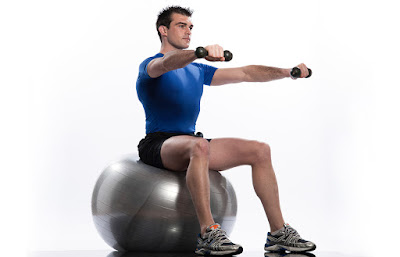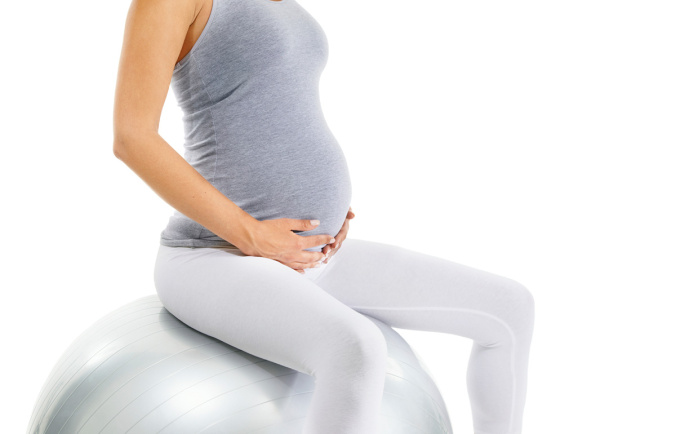Cost
Beginning with the most obvious benefit, resistance bands are extremely cost-effective. Unlike free weights, which you need to purchase multiple sets of, resistance bands can be adjusted by changing the amount of slack on the band. You don't need to buy multiple sets of heavy weights.Whole-body workouts
Some people may not realize that resistance bands can be used for so much more than just arms or legs. A resistance band can be used on every major muscle group, and it works at any fitness level. Resistance bands also introduce variety into workouts by engaging these many muscle groups with multiple exercises.Not dependent on gravity
It is important to realize that resistance bands work independent of gravity. In contrast to free weights, resistance bands work horizontally and diagonally, not just vertically. This aspect helps to target specific muscles and protect joints from damage.Lightweight
Resistance bands are very light compared to heavy free weights. The lightweight and small size makes resistance bands very easy to travel with or store away. It also makes the bands safer than free weights, which may be dropped dangerously.Linear varying resistance
The resistance of the bands varies linearly. In other words, as one increases the range of the exercise, the elastic resistance increases. Free weights are always at the same weight, while resistance bands change resistance during exercise. As the muscles begin to adapt, a person can begin to push himself or herself to higher and higher resistances.
Avoid gym equipment
One can do so much more with one resistance band than could be imagined. The resistance band takes the role of many machines and can be added to body-weight exercises to increase benefits. Why fill a room with a multitude of free weights and a clutter of machines when one resistance band is an option?Resistance bands are a clear answer to your workout equipment stresses. Light and low-cost resistance bands allow you to avoid the clutter of other equipment that simply is not as efficient as a resistance band. Resistance bands are perfect for whole-body workouts, and they can help you increase strength to your full potential. As an added bonus, a resistance band doesn't leave your hands smelling metallic and dirty the way that free weights do.





